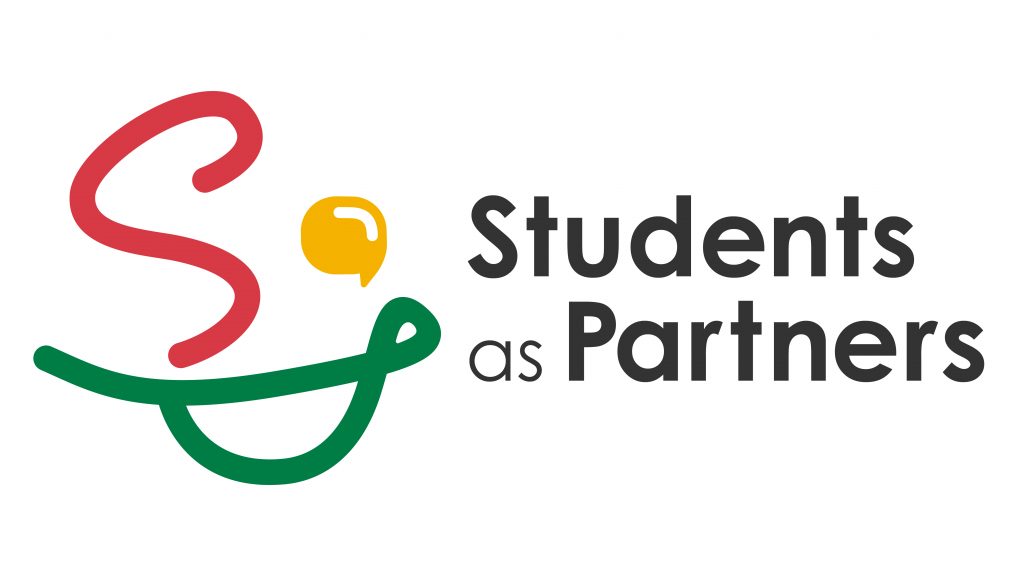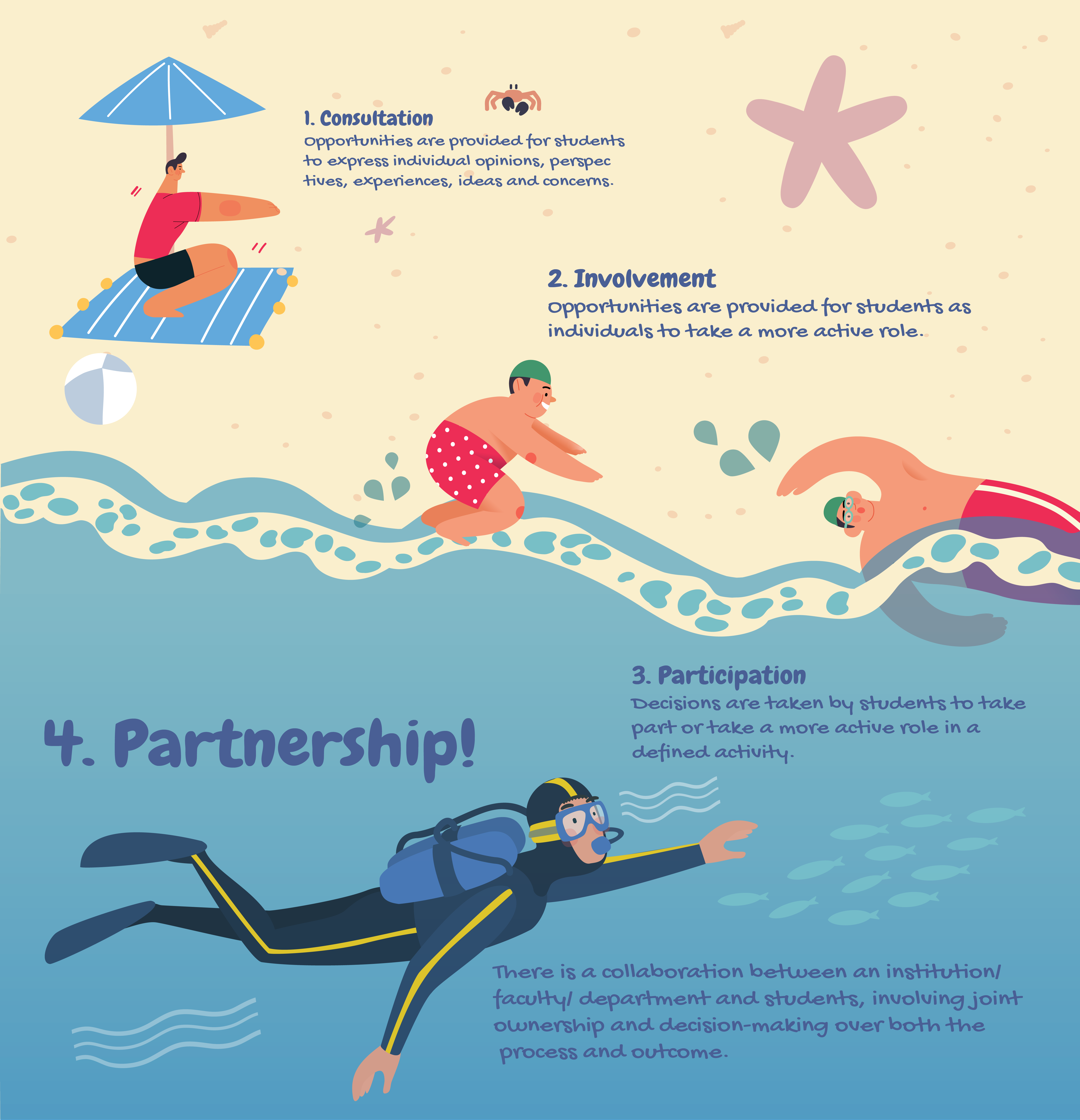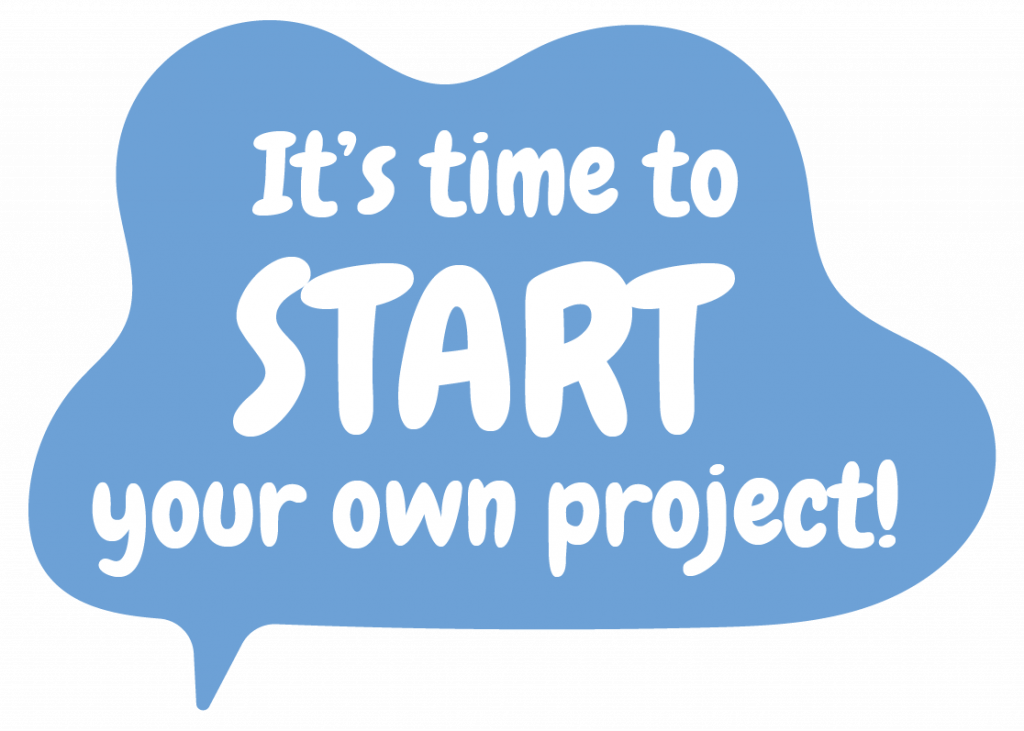
What is SaP?
Student as Partners (SaP), also known as Student Partnership, involves students (learners) and staff (including academic/ faculty and professional staff) to work collaboratively on all aspects of educational endeavors. Below are two frequently quoted definitions:
“a collaborative, reciprocal process through which all participants have the opportunity to contribute equally, although not necessarily in the same ways, to curricular or pedagogical conceptualisation, decision making, implementation, investigation, or analysis”
(Cook-Sather, Bovill & Felten, 2014, pp. 6-7).
“A relationship in which all involved—students, academics, professional services staff, senior managers, students’ unions, and so on—are actively engaged in and stand to gain from the process of learning and working together”
(Healey, Flint, & Harrington, 2014, pp. 12)
Student Partnership aims to gather faculty and students “to design and deliver engaging student learning experiences” (Healey et al., 2015, p.15). This approach recognizes that students process valuable insights and unique perspectives and see them as active partners rather than passive recipients. By engaging students in these various capacities, Students as Partners promotes a transformative learning experience that fosters collaboration, co-creation, and shared ownership.
Four Stages of Student Engagement
Students are viewed as collaborators and co-creators of knowledge, rather than passive recipients of information. But to what degree are they involved?

Why SaP?
Student Partnership aims to gather faculty and students “to design and deliver engaging student learning experiences” (Healey et al., 2015, p.15). SaP recognizes that students are more likely to be motivated and engaged in their learning when they are given an active role in the design and implementation of the learning experience. By involving students as partners in the decision-making and implementation process, SaP creates a more collaborative and engaging learning experience that empowers students to take ownership of their own learning.
Another important goal of SaP is to enhance the current teaching and learning experiences by promoting a more inclusive and student-centred focus. In the process of partnership, diverse inputs are gathered to contribute to the final decision, recognizing the value of unique perspectives and experiences of students. SaP recognizes that students have individual differences in their learning needs and interests, and aims to create a learning experience that is more relevant and responsive to these differences. By involving students as partners in the design and implementation of the learning experience, SaP promotes a more student-centered approach to teaching and learning that values collaboration and recognizes the importance of student input throughout the process.
SaP promotes transformation of higher education experience as it shifts teacher-centric to a student-centered focus.
Benefits of SaP
As partnering with students is not purely outcome-driven but rather a process-oriented experience, individuals would experience gain different insights and develop innovative solutions along the way. Felten, Bovill, and Cook-Sather (2014) have further classified into three clusters of outcomes from SaP initiatives, namely Engagement, Awareness and Enhancement. Here are some common benefits for practicing SaP as stated by Mercer-Mapstone et al (2017) and other published literature.
To Students
- Raise student engagement/ motivation/ownership for learning
- Increase student confidence/self-efficacy
- Deepen students’ learning through reflective activities
- Promote reciprocal understanding of experiences between students and staff
- Enhance relationship and trust between student and staff
- Become active agents and take more responsibility for their learning
To Staff
- Produce new thinking about, and understanding of, teaching
- Enhance relationship and trust between student and staff
- Develop new or better teaching or curriculum materials
- Change of perception/ induced new beliefs about teaching and learning that change practice for the better
- Induce a reconceptualization of teaching and learning as a collaborative process
Apart from the positive impact on individuals, incorporating SaP can also foster a culture of collaboration, co-creation, and shared responsibility between students and staff, hence developing a transformative atmosphere within the institution. Some other benefits include Improving the quality of teaching and learning, leading to better learning outcomes and higher levels of achievement, and enhancing the relevance and innovation of research outcomes by incorporating diverse perspectives and experiences.

What’s Next?
- Tips to start a SaP project
- Approaches of including students in your T&L projects
- For more, stay tuned!
Reference
Cook-Sather, A., Bovill, C., & Felten, P. (2014). Engaging Students as Partners in Learning & Teaching: A Guide for Faculty. San Francisco: Jossey-Bass.
Healey M, Bovill C and Jenkins A (2015) Students as partners in learning, in Lea J (ed) Enhancing learning and teaching in higher education: Engaging with the dimensions of practice, pp.141-163. Maidenhead: Open University Pres.
Healey, M., Flint, A., & Harrington, K. (2014). Students as partners in learning and teaching in higher education. York: Higher Education Academy.
Mercer-Mapstone, L., Dvorakova, S.L., Matthews, K.E., Abbot, S., Cheng, B., Felten, P., Knorr, K., Marquis, E., Shammas, R., and Swaim, K. (2017) A Systematic Literature Review of Students as Partners in Higher Education. International Journal for Students as Partners. 1(1).
